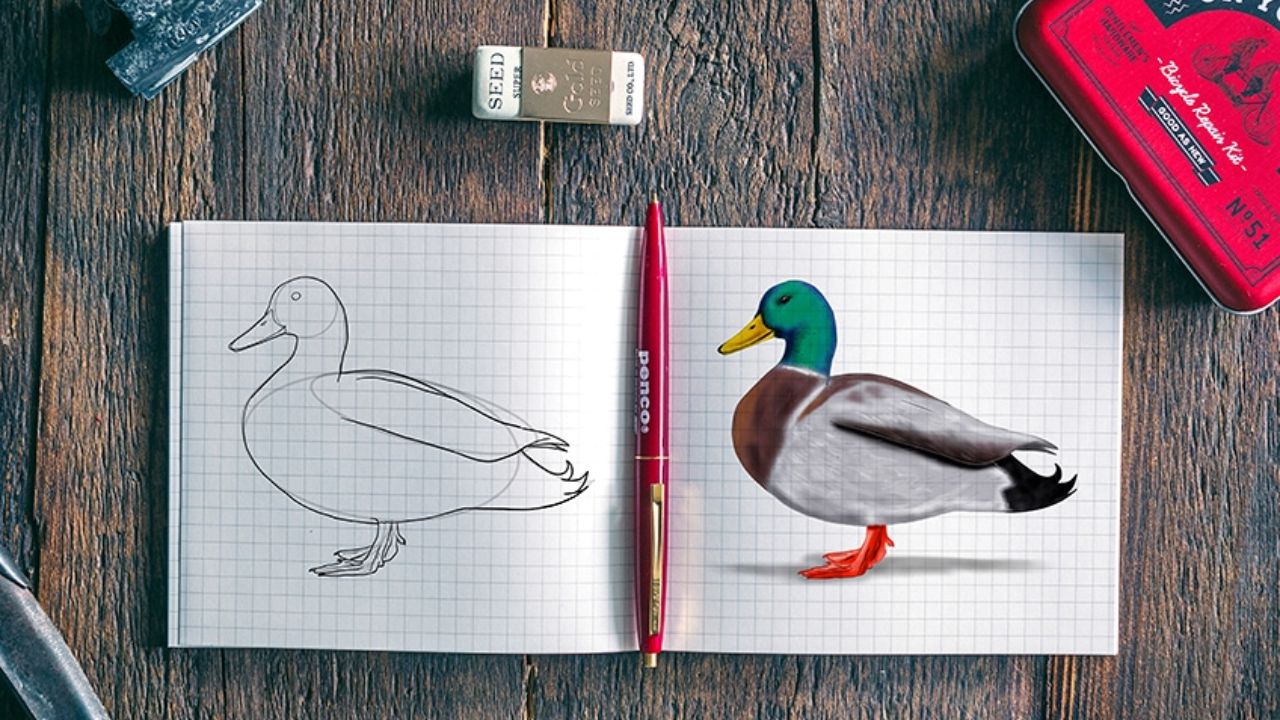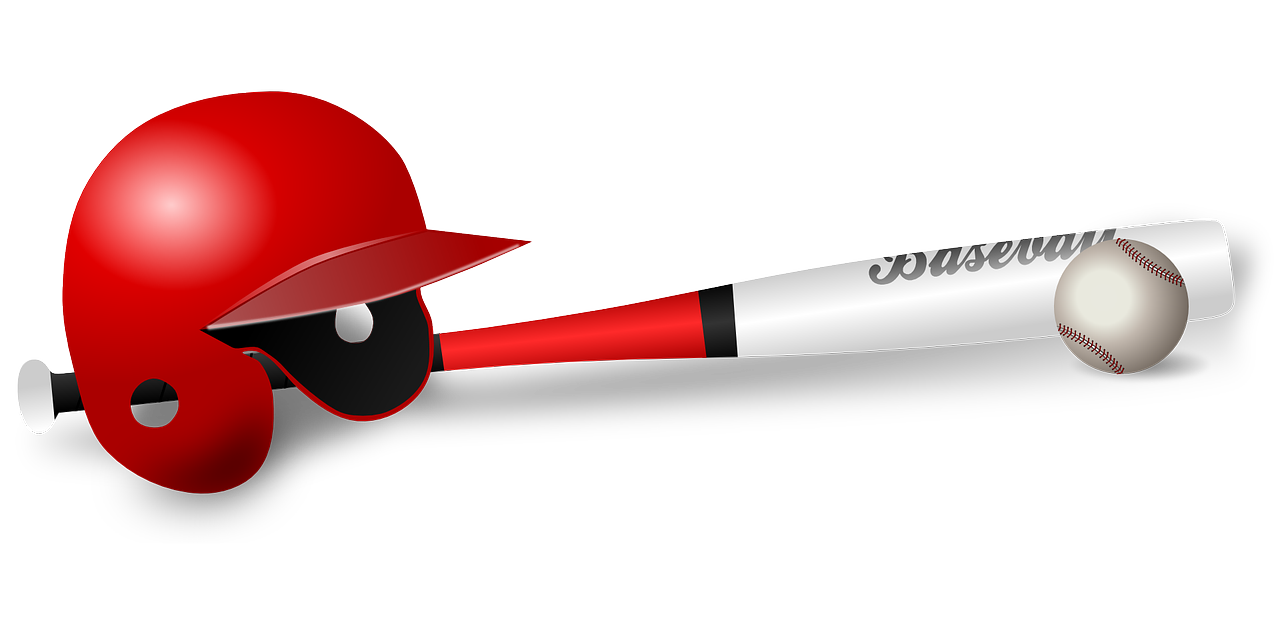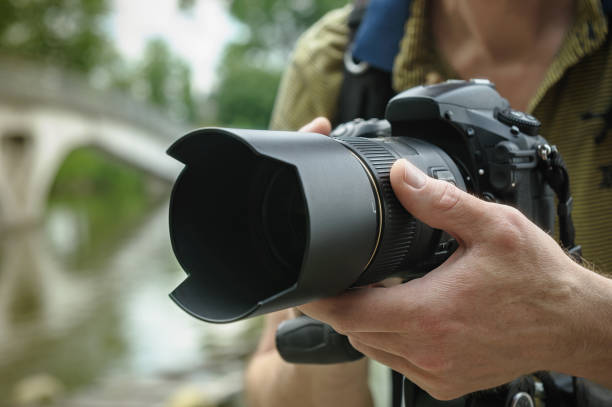Embarking on the journey of drawing a duck is an exciting venture for artists of all skill levels. In this comprehensive guide, we’ll explore all you need to know about sketching and bringing to life these charming waterfowl. Let’s dive into the world of artistic expression and learn “How do I Draw a Duck.”
Table of contents
Duck Body Structure
Embarking on any artistic endeavor requires an understanding of the subject’s anatomy. Before putting pencil to paper, grasp the basic body structure of a duck, emphasizing proportions and distinctive features. But first let’s put down the essential drawing materials before delving into the steps of drawing a duck.
List of the Essential Drawing Materials
Here are the materials needed:
- Drawing paper
- Pencils (B, 2B, 4B for shading)
- Eraser
- Fine-tip black pen or marker (optional for outlining)
Read this: How to Draw a Penguin: Artistic Flair in Capturing Antarctic Charm
Steps on How to Draw a Duck
Drawing a duck can be a fun and rewarding experience. Here’s a step-by-step guide to help you create your own duck drawing:
#1. Reference Gathering
Before you start drawing, find reference images of ducks. This will help you understand the anatomy and details of a duck’s body and feathers.
#2. Basic Shapes
Begin by sketching basic shapes to outline the body of the duck. Use an oval for the body and a smaller circle for the head. Connect them with a slightly curved line.
#3. Add Details to the Head
Refine the shape of the head by adding a pointed beak at the front of the circle. Ducks have flat beaks with a slightly curved tip. Add a small eye on the side of the head.
#4. Body Contours
Extend the oval shape to form the body, keeping in mind the natural contours of a duck’s body. Ducks have a rounded body with a distinct tail.
#5. Tail and Wings
Draw the tail as a fan-shaped set of feathers at the back of the body. Sketch the wings on the sides, keeping them close to the body. Ducks often have short, rounded wings.
#6. Legs and Feet
Add the legs below the body. Ducks have webbed feet, so draw three toes connected by webbing. Make sure the legs are proportionate to the body.
#7. Feathers
Detail the body with feather textures. Ducks have soft, overlapping feathers. Add some lines and small details to represent the texture.
#8. Shading
Use different pencils to add shading and depth to your drawing. Darken areas where shadows would naturally fall, such as beneath the body and wings. Pay attention to the direction of light for realistic shading.
#9. Refine and Clean Up
Go over your lines, refining the details and erasing any unnecessary guidelines. This is also the time to add more details to the feathers and refine the features of the duck.
#10. Optional Outlining
If you want a more defined look, you can outline your drawing with a fine-tip pen or marker. Be careful not to overpower the drawing with heavy lines.
#11. Enjoy and Experiment
Feel free to experiment with colors if you’re working with colored pencils or other mediums. You can create a naturalistic scene or let your imagination run wild.
Also, read this: How to Draw a Bat: Artistic Sketching Steps
How to Draw a Female Duck
Drawing a female duck follows a similar process to drawing a male duck. The main differences might be in the size and shape of certain features. Female ducks, or hens, may have more subdued colors compared to males (drakes).
You can follow the steps outlined above, paying attention to the specific characteristics of female ducks.
How to Draw a Baby Duck
Drawing a baby duck can be a fun and creative activity. Here’s a simple step-by-step guide:
- Outline the Body: Start by drawing a small oval shape for the body of the duck.
- Add the Head: Connect a smaller oval shape to one end of the body for the duck’s head.
- Draw the Beak: From the front of the head, draw a short, pointed beak.
- Create the Eyes: Add two circular shapes for the eyes. Ducks often have big, round eyes.
- Feathers: Sketch in some soft, fluffy feathers around the body, especially near the head and wings.
- Wings and Tail: Extend two small wings from the body and a short tail at the back.
- Legs and Feet: Draw two short, webbed feet below the body.
- Details: Add any additional details, like lines for the feathers and a small tuft on top of the head.
Note: Remember, practice makes perfect, so don’t be afraid to try drawing ducks in different poses and styles. Have fun with your wildlife artistry!
You can check this: How To Draw a Christmas Tree: Celebrating the Holidays with Art
How Do I Make Ducks Love Me
Ducks are animals with their own personalities, and forming a bond with them takes time and patience. Here are some tips:
- Provide Food: Ducks are often motivated by food. Offering them treats like grains or veggies can help build a positive association with you.
- Be Calm and Gentle: Ducks may be wary of sudden movements or loud noises. Approach them calmly and move slowly.
- Spending Time Together: Spend time near the ducks, whether it’s sitting nearby or engaging in activities in their vicinity. They will gradually become more familiar with your presence.
- Quacking: Ducks use quacking as a form of communication. Mimicking their quacks can sometimes grab their attention and make them curious about you.
- Avoid Aggressive Behavior: Ducks may feel threatened by aggressive behavior. Always be gentle and avoid making sudden or threatening movements.
What Do Ducks Eat?
Ducks have varied diets, and it depends on their species, habitat, and whether they are domestic or wild. Here are some common foods for ducks:
- Duck Feed/Pellets: Commercial duck feed is available and provides balanced nutrition.
- Cracked Corn: Ducks enjoy cracked corn, which is a good source of energy.
- Vegetables: Ducks like leafy greens, peas, and other vegetables. Avoid giving them onions and garlic.
- Insects and Bugs: Ducks are natural foragers and enjoy insects like worms, grubs, and small bugs.
- Berries and Grains: Offer berries, oats, or other grains as occasional treats.
- Water: Ducks need access to clean water for drinking and cleaning their bills.
Remember that providing a balanced diet is essential for the health of your ducks. If you have pet ducks, it’s always a good idea to consult with a veterinarian for specific dietary recommendations.
Also, check this: How to Draw Pikachu with Ease: Cartoon Artistry
Frequently Asked Questions
Drawing a duck can be challenging, but with practice and our guide, you’ll gain confidence in creating stunning duck illustrations.
Perfection comes with practice. Experiment with techniques and don’t be afraid to make mistakes; each stroke is a step towards improvement.
Absolutely! Embrace digital mediums for flexibility and experimentation in your duck drawing journey.
Select a clear and detailed reference photo that showcases the features you want to capture. This will guide you throughout the drawing process.
Study duck behavior and movements to infuse life into your drawings. Observing real ducks in different settings can inspire dynamic illustrations.
Experiment with colors, backgrounds, and stylization to infuse your unique artistic flair into each duck drawing.
Conclusion
Drawing a duck is not just a task; it’s an exploration of your artistic capabilities. Follow these steps, and let your creativity soar. Embrace the joy of creating, and who knows, your duck drawing might just become a masterpiece that wows both friends and art enthusiasts alike.
Happy drawing! How to draw a duck, duck drawing, how to draw duck, draw ducks
References
Recommendations
- Manga Drawing: A Step-by-Step Guide on How to Draw Naruto
- How to Give Harry Potter Simple Drawing | Checkout these 9 Simple Steps
- How to Draw a Tiger: Captivating Techniques for Ferocious Artistry
- Toothless in How to Train Your Dragon: Exploring the Beloved Dragon’s Endearing Appeal
- How to Draw Mario: Iconic Video Game Character Art Tutorial
SEO Meta Description:
Discover the art of drawing with our step-by-step guide on “How do I Draw a Duck.” Unleash your creativity and master the techniques to create stunning duck illustrations.






